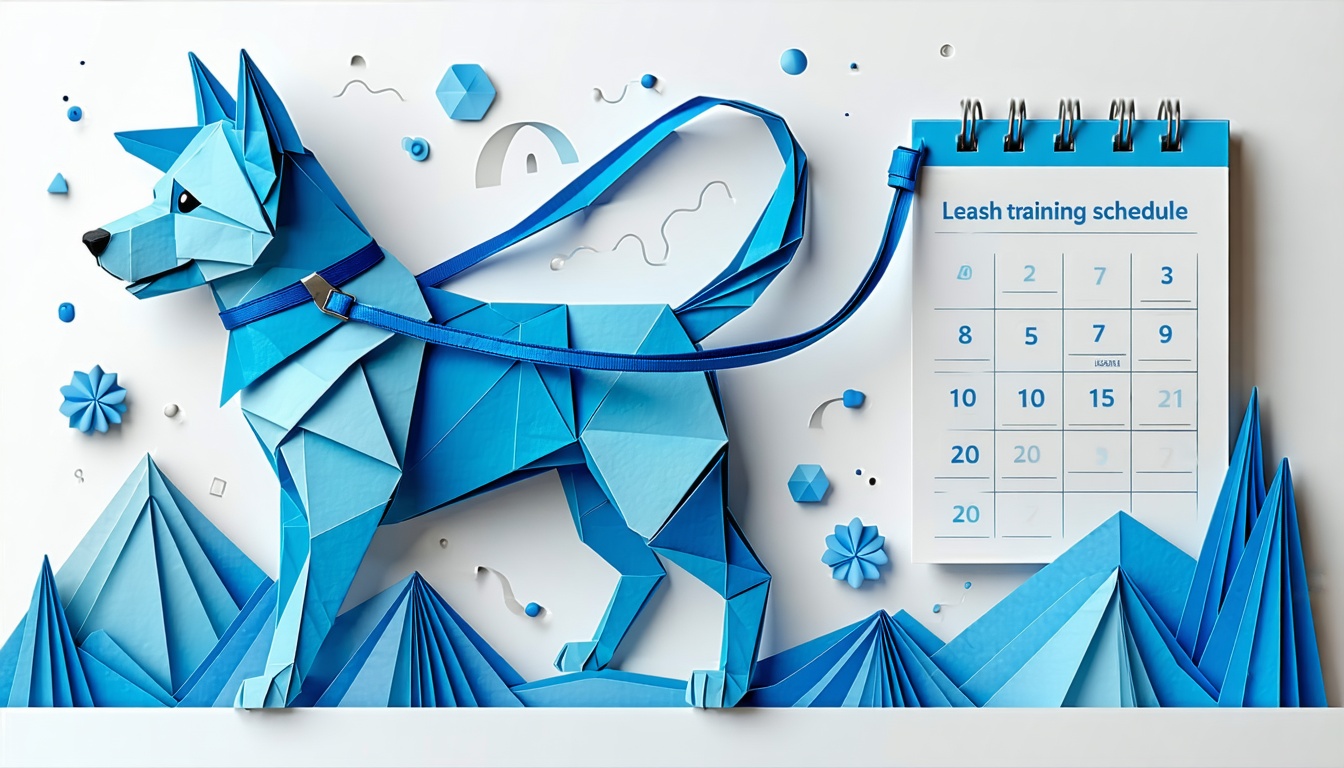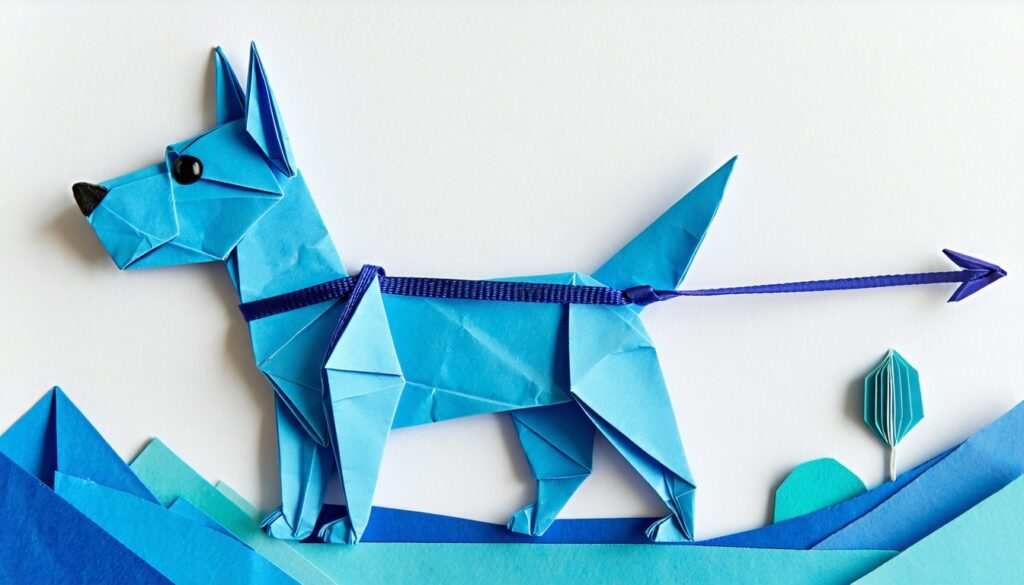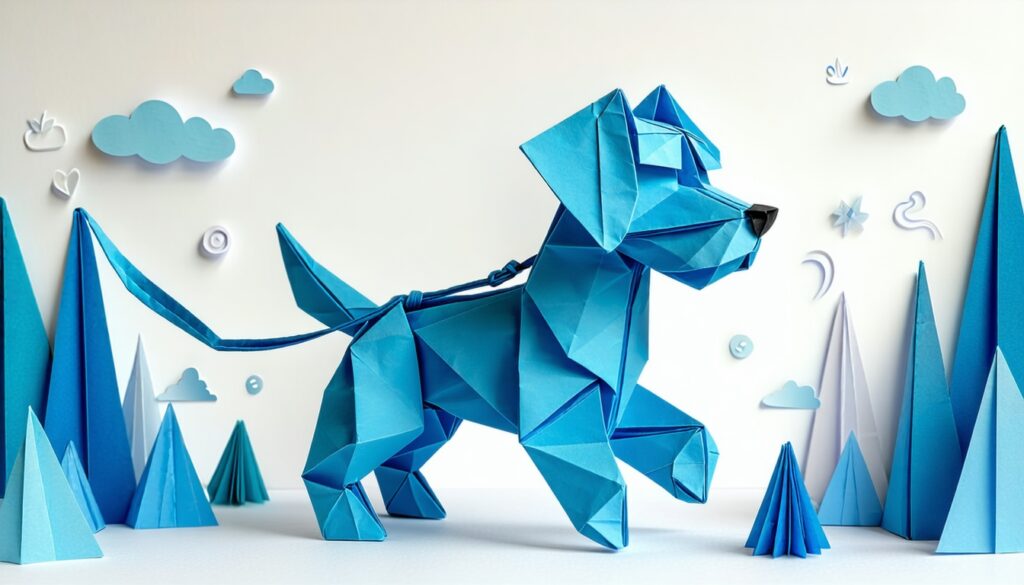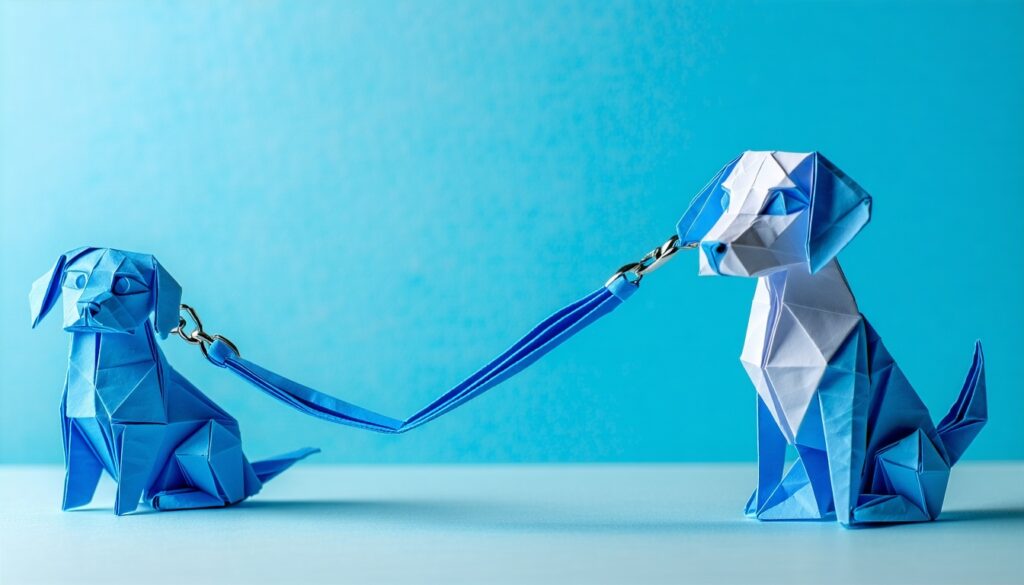Bringing home a new puppy is exciting, but you might be wondering how to organize a clear leash training schedule for puppies so everything goes smoothly. Don’t worry, you’re not alone. With a few intentional steps and consistent practice, you can guide your pup toward calm, confident strolls. Below is a simple list of daily or weekly actions that will keep both you and your furry friend on track.
Step one: Lay the groundwork
Start by familiarizing your puppy with the collar or harness indoors. Let them sniff it, paw at it, and get used to the feel on their neck for short sessions (just a few minutes at a time). If you need a refresher on the basics, you can check out additional pointers in how to leash train a puppy.
- Reward calm behavior with treats or a gentle voice.
- Offer breaks if your puppy shows signs of stress.
Step two: Attach the leash
Once the collar is no big deal, clip on a lightweight leash. Let it drag behind them while they roam in a safe, puppy-proofed space. This helps your pup adjust to the slight tugging sensation without immediately feeling restricted. If you’re just getting started overall, puppy leash training for beginners breaks down the fundamentals.
- Supervise at all times to prevent tangles.
- Encourage positive associations with a favorite snack or toy.
Step three: Practice gentle tugs
Now is the time to start lightly holding the leash while your pup moves around. Keep sessions short—about five to ten minutes—and maintain a relaxed grip. Offer praise every time they walk without pulling. This stage teaches your puppy that the leash signals fun exploring, rather than a struggle.
- Use a happy tone of voice to keep them motivated.
- Gradually add light direction changes, so they learn to follow you.
Step four: Head outdoors
When your puppy seems relaxed indoors, take them outside for brief leash walks. Stick to quiet areas, like your driveway or a calm corner of the backyard. Keep sessions under ten minutes initially, because too much stimulation can be overwhelming. Curious about small or large breed specifics? Check out leash training small puppies if you have a tiny pup, or leash training large breed puppies for bigger buddies.
- Let them sniff around to satisfy their curiosity.
- Offer treats every few steps to reinforce good leash manners.
Step five: Introduce soft distractions
Next, pick a moderately busy sidewalk or a local park with mild foot traffic. This step teaches your puppy to focus on you despite new sights and sounds. If they get too excited, calmly redirect their attention using treats. Think of it as a game—turning training into playful interactions can really help. For more ideas, visit leash training games for puppies.
- Begin with short sessions and gradually extend the time.
- Praise your puppy for ignoring distractions.
Step six: Maintain consistency
A consistent routine truly cements all you’ve taught. That means regular 10- to 15-minute walks, scheduled times to reinforce loose-leash walking, and occasional indoor refreshers. As your pup grows, you can increase distance and explore new environments. If you need a step-by-step roadmap for each stage, leash training progressions for puppies can guide you further.
- Keep a journal of your puppy’s improvements.
- Celebrate small victories, like easy starts or minimal pulling.
By following this structured yet flexible approach, you’ll find that your puppy blossoms into a polite walking companion. Remember, each pup learns at their own pace, so patience is key. If something doesn’t click one day, you can always try again tomorrow. Just keep rewarding and encouraging proper leash behavior, and soon, you’ll both look forward to those daily walks. Good luck on your journey together!



